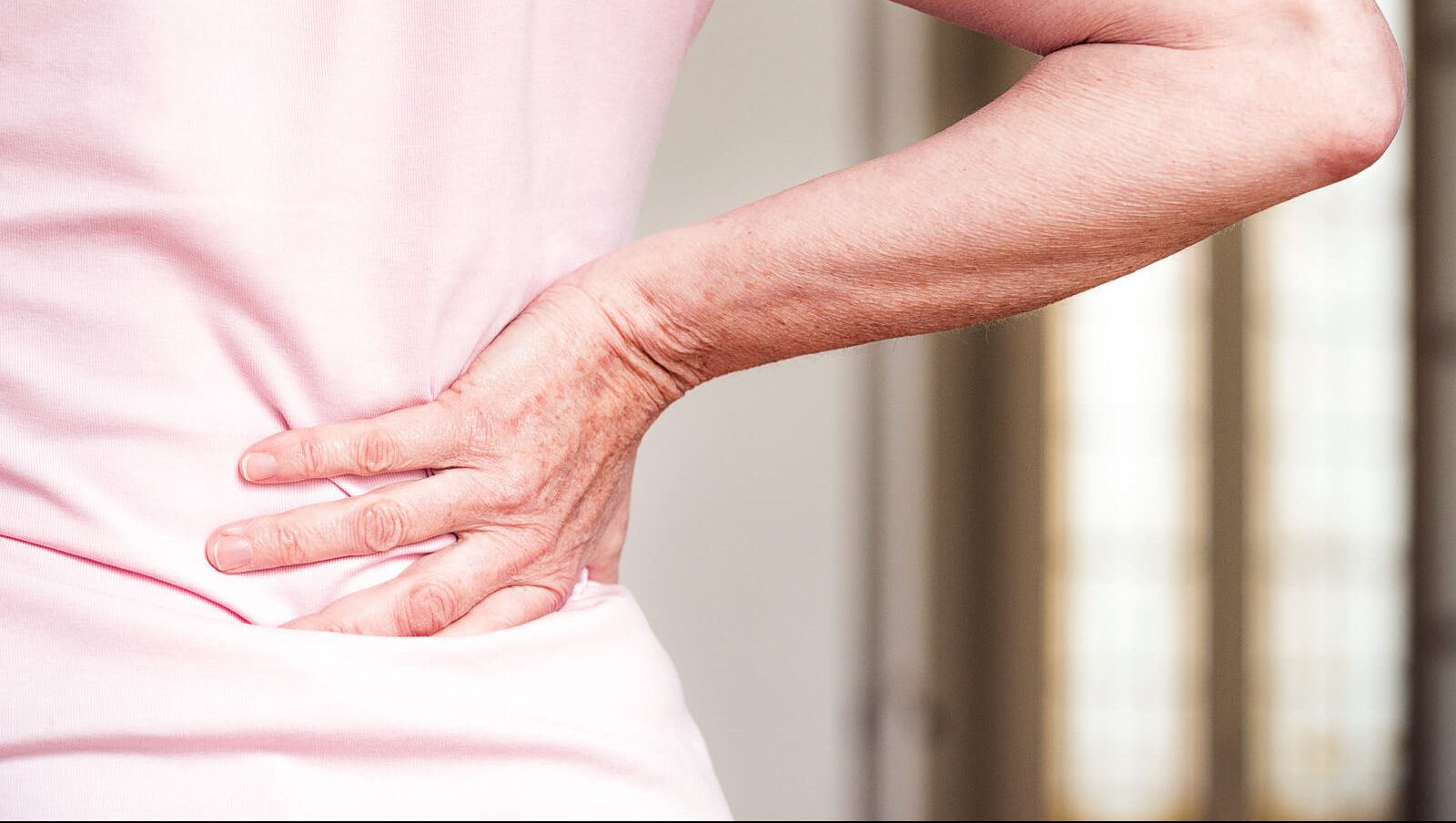It might surprise you to learn that a disc isn’t really much like a compact disc (CD), a floppy disk, a frisbee or even a discus.
In fact, the term disc is a little misleading because the strong, dynamic, malleable structures that bridge the gap between your vertebrae are not really like discs at all.
What are they like then? Well, it’s a little hard to say (which is why people have used the imperfect term ‘disc’).
What we can say is that they are remarkably unique and resilient structures… Here are four facts to help you get to know them a little better.
1. Discs are naturally robust structures
Just watch your favourite sporting event and you’ll see what immense forces the spine can cope with.
It’s true that discs can sometimes be a source of pain and (frustratingly) sometimes after you don’t think you’ve done much at all!
But anatomically and structurally, discs are strong and amazingly adaptable structures.
They are made up of two features: a gel-like centre (nucleus pulposus) wrapped in a series of strong fibrous rings (anulus fibrosis).
2. Discs never ‘slip’
Discs are firmly connected to the bones of your spine, so a disc will never ‘slip out of place’.
However, discs can bulge or herniate.
When they do this, they sometimes irritate a nerve or release chemicals that do this.
There are many important things your physio is able to do to help you with this (see point 4 below) but the treatment will never involve ‘pushing a disc back into place’ because they never ‘slip’ in the first place.
3. Degenerated discs are the wrinkles of the spine
A common cause of stress for people who have recently had a scan of their spine is all the ‘degeneration’ that they see on the report!
Don’t panic though, discs degenerate naturally.
In fact, there are many findings on your scans which may be like wrinkles – signs of a bit of ageing but not necessarily causing you much of a problem at all.
It’s always best to discuss your scans with your physio or your doctor who can assess your spine and connect the picture with way your back is in flesh and bone.
4. Disc pain is treatable
The body has a remarkable ability to restore the normal function of a disc after it has been irritated.
This does sometimes take a little time, but your physio can help you to accelerate this process through treatment and advice.
Depending on your particular case and guided by a thorough assessment by your physio, this might include exercises, positioning advice, taping, manual therapy, muscle retraining, referral to other services and a whole lot more.
So if you think you might have an issue with a disc or are worried about what that might mean, get to know your discs a little better by booking in with your physio on (08) 9364 4073.

